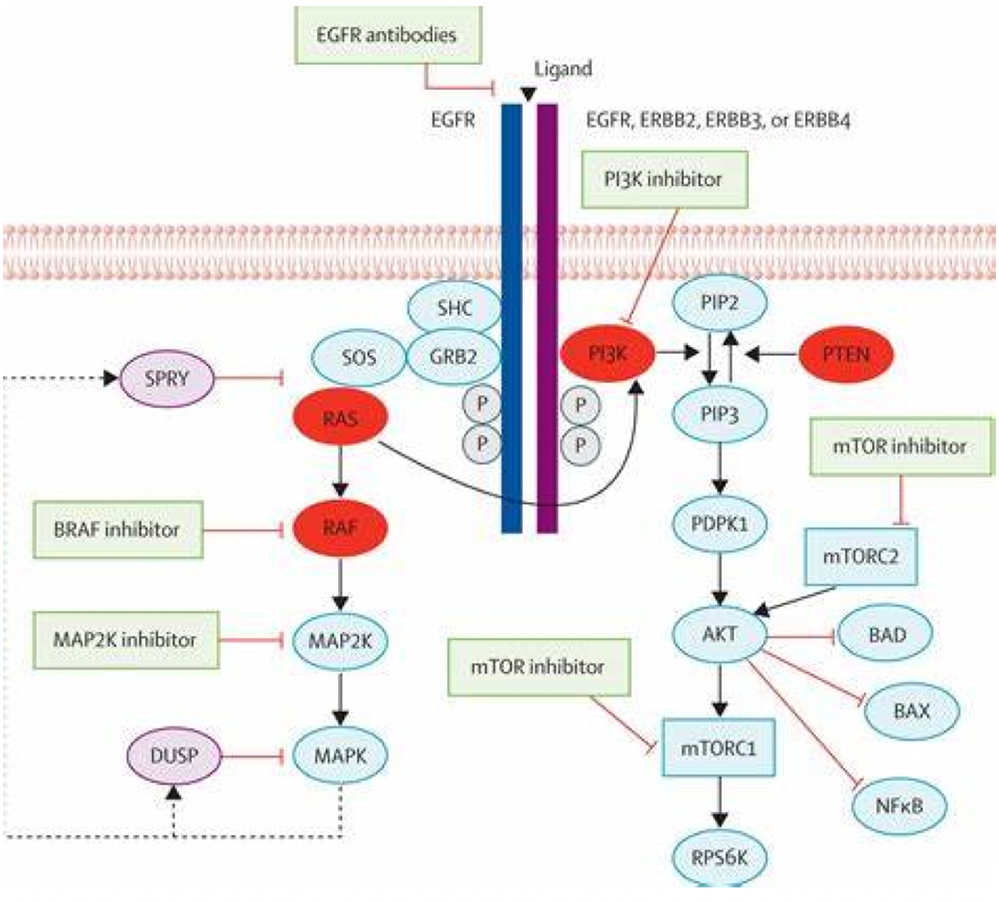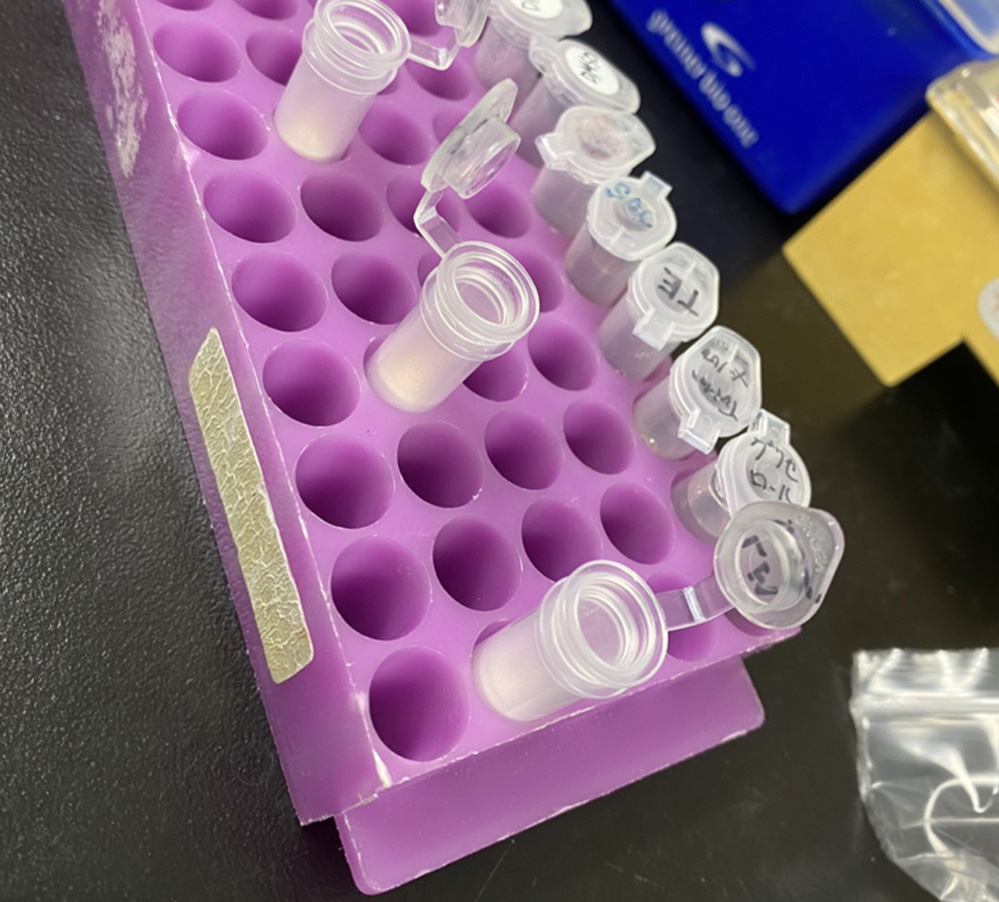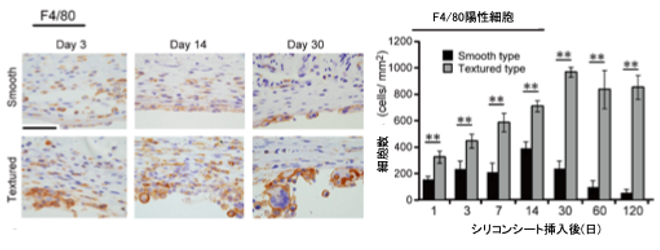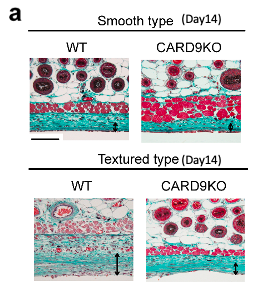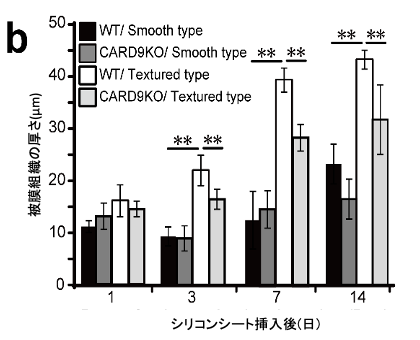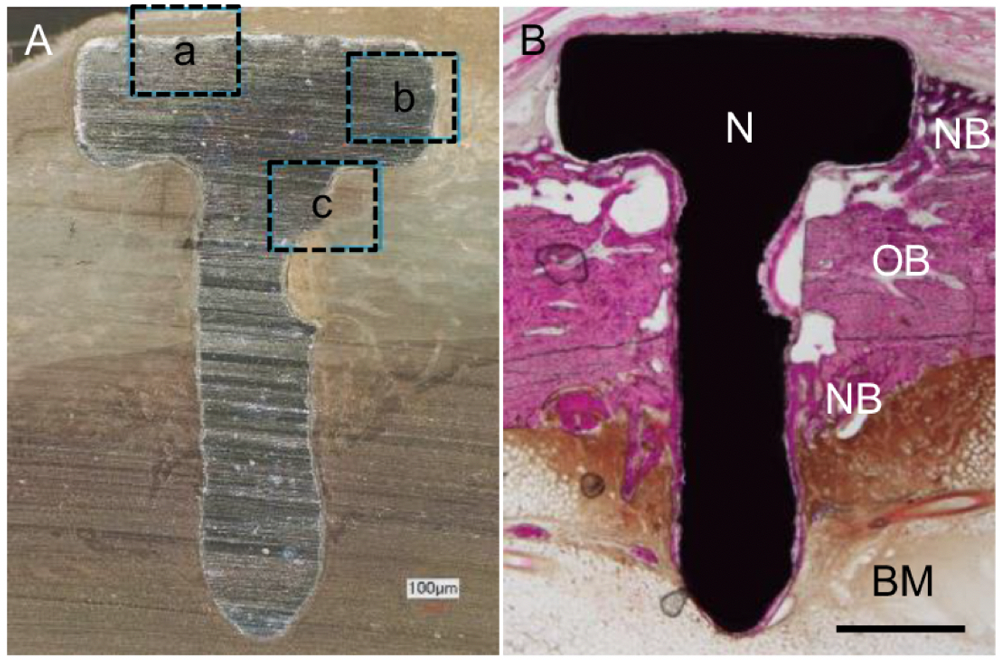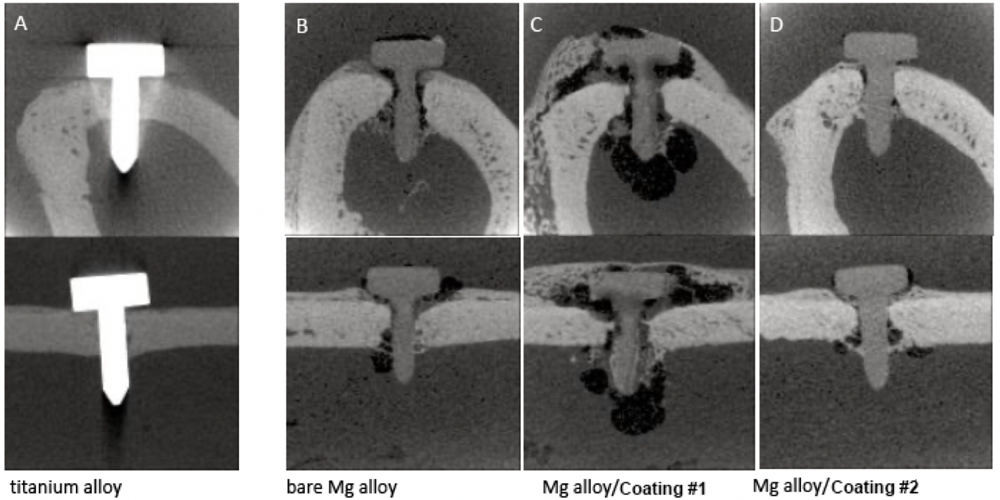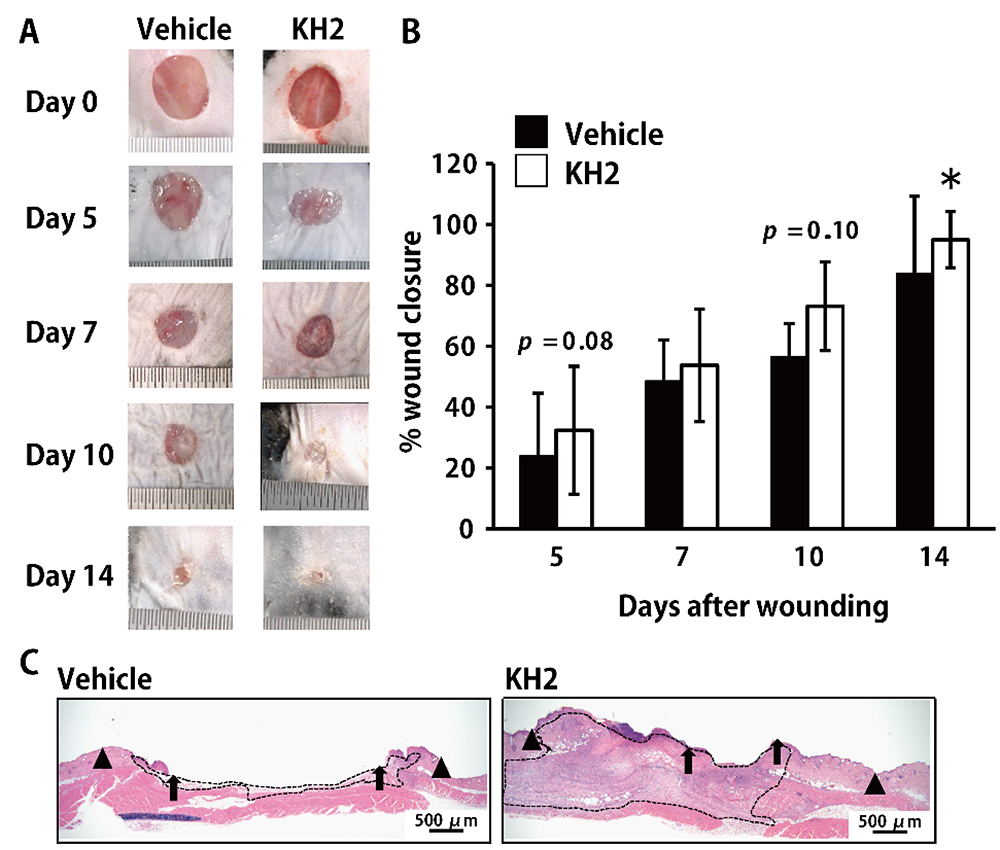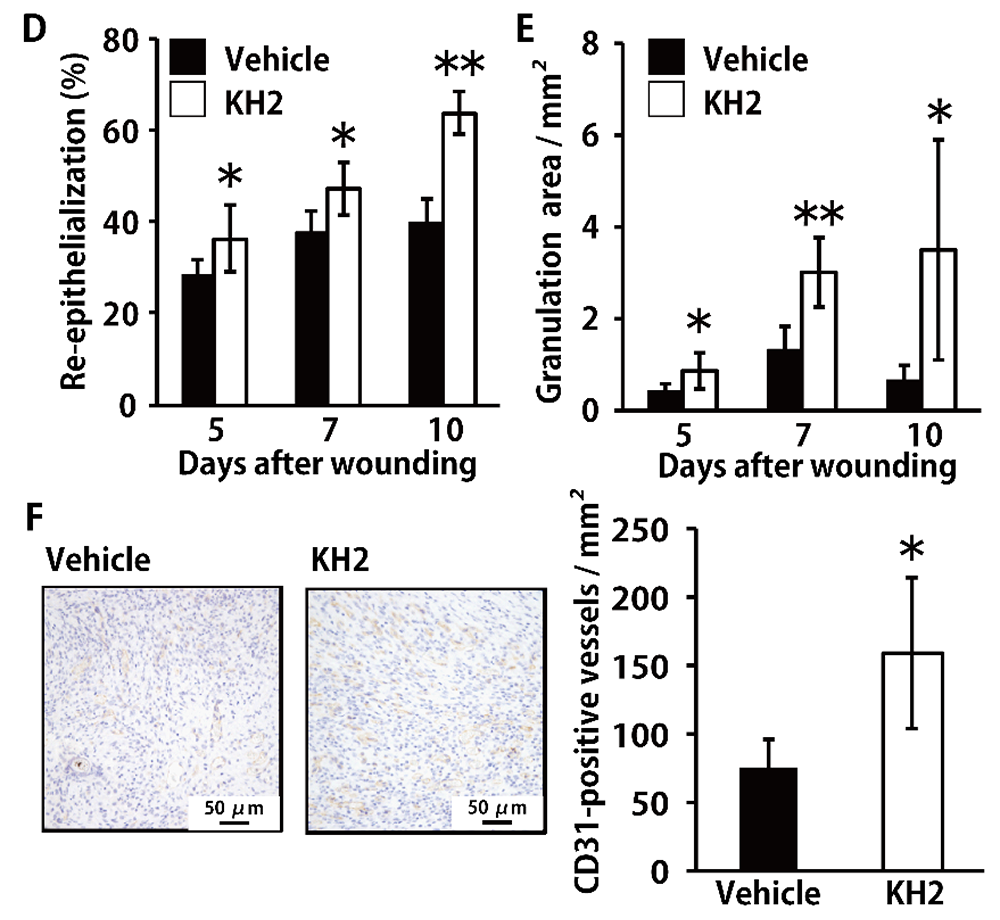研究 Research
Title
Development of a new systemic burn therapy using Muse cells
-
Research instructors:Yoshimichi Imai (Prof.), Takayuki Aizawa (Part-time Lecturer)
-
Graduate students:Koji Hara (MD), Yamato Saito (MD)
-
In collaboration with:Division of Transplantation and RegenerativeMedicine, Tohoku University. Masafumi Goto
Research content
Even with advances in medical care, there are still many problems in the treatment of extensive third-degree burns. In extensive burns, we are frequently faced with the situation of insufficient skin area to be harvested. Autologous cultured epidermis and RECELL® are methods of extensively expanding epidermal cells, but there is a problem that these grafts do not grow alone in areas where the dermis is missing. The cause of this problem has not yet been determined, but we believe it may be due to the basement membrane that holds the epidermis and dermis together.
To solve this problem, we are conducting research using Muse cells (multilineage-differentiating stress enduring cells), which were discovered by Professor Izawa and colleagues in the Department of Cell Histology at Tohoku University. Muse cells are said to be the third pluripotent stem cell following ES cells and iPS cells. It has been reported that Muse cells migrate into damaged areas via the bloodstream, differentiate into damaged cells and repair them, thereby restoring their function. Muse cells are capable of differentiating into damaged cells and repairing them.
If it is found in this experiment that Muse cells can construct basement membranes, it could be applied not only to the treatment of burns, but also to the treatment of epidermolysis bullosa, giant pigmented nevi and severe bedsores caused by abnormalities in the basement membrane.
Title
Development of Counseling Tools Using Artificial Intelligence (AI) Technology
-For Better Cleft Lip and Palate Treatment-
-
Research instructors:Yoshimichi Imai (Prof.), Akimitsu Sato (Assistant Prof.)
-
Graduate students:Nariaki Takamura (M.D.)
-
In collaboration with:◦Faculty of International Social Studies Department of International Social Studies, Kyoai Gakuen University. Manabu Matsumoto
Research content
Cleft lip and palate is a relatively common congenital condition in which a cleft lip, palate, or maxilla is congenitally present, occurring in 1 in 500 to 600 children in Japan. Even with today's improved treatment techniques, deformities and scars remain. Such appearance problems are called "visible differences (VD)" and have recently attracted attention as causing psychosocial problems such as low self-esteem, social anxiety, depression, and avoidance of interpersonal relationships.
Tohoku University Hospital established the Cleft Lip and Palate Center in 2010 to provide comprehensive treatment, including counseling by a licensed psychologist. However, there are limits to what can be done on an outpatient basis, and there are situations in which we feel that we are not adequately addressing the psychosocial issues of cleft lip and palate patients suffering from VD.
Therefore, we aim to develop a counseling tool specialized for cleft lip and palate patients to relieve their worries and anxieties by applying the artificial intelligence (AI) technology Chatbot, as represented by ChatGPT and others. Tohoku University is the lead university for the "Medical AI Human Resources Development Program," a project of the Ministry of Education, Culture, Sports, Science and Technology of Japan (MEXT), and thus has medical AI experts on staff, making it an ideal environment for the development of AI counseling tools. The tool, which can be used anytime and anywhere, is expected to improve the quality of life of cleft lip and palate patients and lead to better treatment.
Title
Genome Analysis of Vascular Tumor and Vascular Malformation
-
Research instructors:Yoshimichi Imai (Prof.), Munetomo Nagao (Assistant Prof.)
-
Graduate students:Minami Tamagake (MD.)
-
In collaboration with:◦Department of Genetic Medicine, Tohoku University, Yoko Aoki (Prof.)
◦Department of Plastic and Reconstructive Surgery and Cosmetic Surgery, Kyorin University Medical Center, Mine Ozaki (Prof.)
Research content
Hemangiomas and vascular malformations are often congenital and result from abnormal vascular development. Venous malformations arise from veins, lymphatic malformations from lymphatic vessels, capillary malformations from capillaries, and arteriovenous malformations or arteriovenous vessels formed between arteries and veins. While most cases are localized and solitary lesions, they can be extremely difficult to treat depending on the size and localization of the lesion and the combination of multiple vascular malformations, and in addition to surgical treatment, drug therapy using molecular targeted drugs has been attracting attention in recent years.
In October 2021, Laparimus, a molecular-targeted drug that reduces the size of intractable lymphatic malformations by inhibiting mTOR, which is located downstream of PIK3CA, the causative gene, for Klippel Trenaunay Syndrome (KTS), a typical mixed vascular malformation syndrome, was approved by insurance. The drug is now covered by insurance, and there are already reports of symptomatic improvement in a number of patients. At our clinic, we collect specimens from patients with refractory hemangioma and vascular malformation diseases, including KTS, at the time of surgery and conduct genetic analysis of the lesion. By extracting DNA from the obtained tissues and performing comprehensive genetic analysis using a next-generation sequencer, we not only analyze the correlation between the mutation rate of PIK3CA and phenotype, which has been reported in the past, but also analyze the presence of mutations in RAF, MEK, VEGFR, and other genes that cause vascular abnormalities and are targeted by molecular targeted drugs. We expect to expand the possibility of drug therapy for refractory vascular malformation disease by analyzing the presence of mutations in multiple genes that cause vascular abnormalities and are targeted by molecular-targeted drugs, including RAF, MEK, and VEGFR.
Pictures
Title
Analysis of Biological Responses to Surface Morphology in Breast Implants
-What leads to chronic inflammation? -
-
Research instructors:Yoshimichi Imai (Prof.), Miki Shoji (Assistant Prof.)
-
Graduate students:Shinyo Ishi (MD), Toshiro Imai (MD)
-
In collaboration with:◦Department of Medical Microbiology, Mycology, Immunology, Tohoku University. Kazuyoshi Kawakami
◦Department of Science of Nursing Practice, Tohoku University. Emi Kanno, Hiromasa Tanno
Research content
We have been analyzing inflammatory responses, such as cell accumulation and cytokine production, and biofilm detection in silicone breast implants from in vitro to human specimens. We have observed strong inflammatory responses and high biofilm positivity rates in textured type implants, which persist from early to long term, and these results suggest that the surface topography of silicone may be involved in chronic inflammation. These results suggest that the surface shape of silicone may play a role in chronic inflammation. We are also investigating the pathways mediated by pattern recognition receptors that recognize the surface shape of silicone, and aim to develop a fusion protein that inhibits the action of these receptors in the future.
Pictures
Title
Development of a new osteosynthesis material
~Fix firmly, promote bone fusion and disappear after healing~
-
Research instructors:Yoshimichi Imai (Prof.), Akimitsu Sato (Assistant Prof.)
-
Graduate students:Takayuki Aizawa (M.D.), Masanobu Hayashi (M.D.), Yu Yusa (M.D.)
-
In collaboration with:◦Department of Oral Organ Anatomy, Tohoku University
◦Department of Mechanical Engineering, Kobe University
◦Department of Chemical Science and Engineering, Tokyo Institute of Technology
◦Department of Applied Chemistry, Graduate School of Engineering, Osaka University
◦National Institute for Materials Science (NIMS)
Research content
Currently, Mg alloys are attracting attention as a new osteosynthesis material.
Today used osteosynthesis materials are made of titanium and polymer. Titanium has high strength but has the disadvantage of long-term survival, and polymer has degradability in vivo, but has the disadvantages of insufficient strength and foreign body reaction. Mg alloys have the potential to be ideal and innovative osteosynthesis materials that are strong, biodegradable, and promote bone fusion.
The diversion of industrial Mg alloys is being studied all over the world, but we have succeeded in producing unique medical Mg alloy with high strength, high ductility and freely adjustable dissolution rate. We have also confirmed the in-vivo reaction and the guarantee of safety about our Mg alloy.
We expect that our ideal osteosynthesis device will bring great social contributions such as reduction of medical expenses and improvement of QOL by shortening the treatment period for fractures including elderly people and osteoporosis patients.
Pictures
Title
Lactic acid bacteria heal wounds-immunological analysis of wound healing effect-
-
Research instructors:Yoshimichi Imai (Prof.), Miki Shoji (Assistant Prof.)
-
Graduate students:Shinyo Ishi (MD), Toshiro Imai (MD)
-
In collaboration with:◦Department of Medical Microbiology, Mycology, Immunology, Tohoku University. Kazuyoshi Kawakami
◦Department of Science of Nursing Practice, Tohoku University. Emi Kanno, Hiromasa Tanno
Research content
It has been pointed out that lactic acid bacteria may have a wound healing promoting effect and a bacterial growth suppressing effect.We are conducting research related to wound healing using highly dispersible lactic acid bacteria that are killed by high-pressure homogenization and have high water dispersibility and excellent immunostimulatory ability.We are proceeding with analysis of inflammation induction, immunostimulant, antibacterial effect, etc. by administration of lactic acid bacteria, and aim to develop lactic acid bacteria preparations and wound dressings that will bring about wound healing effect in the future.
Pictures
(Tanno H, et al. Biomedicines 2021, 9, 1520)
